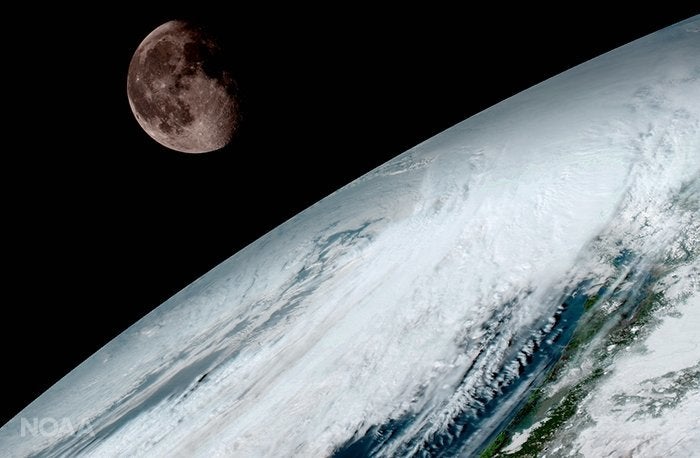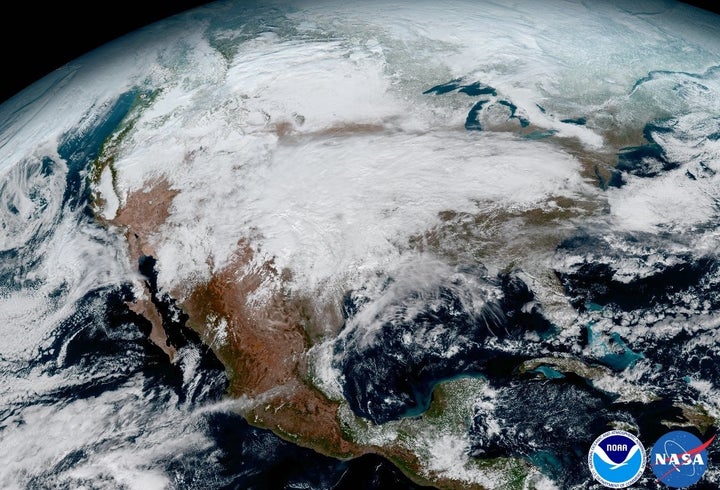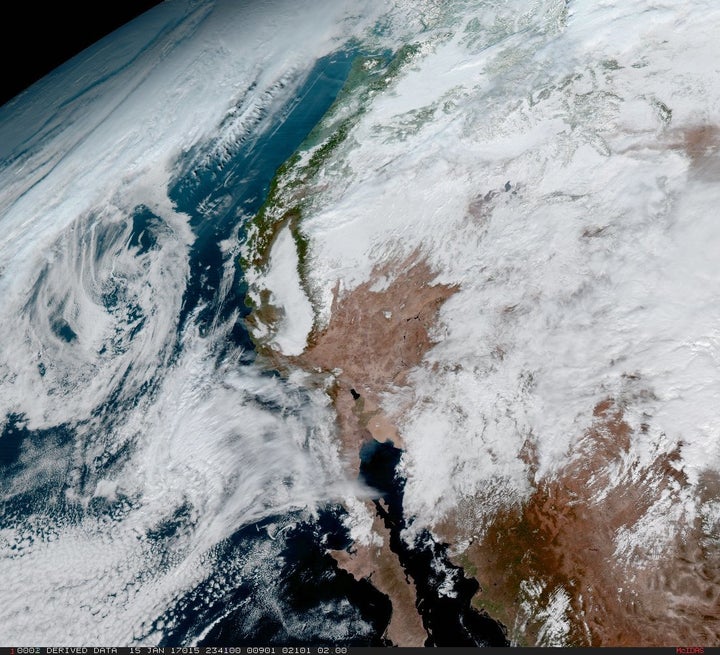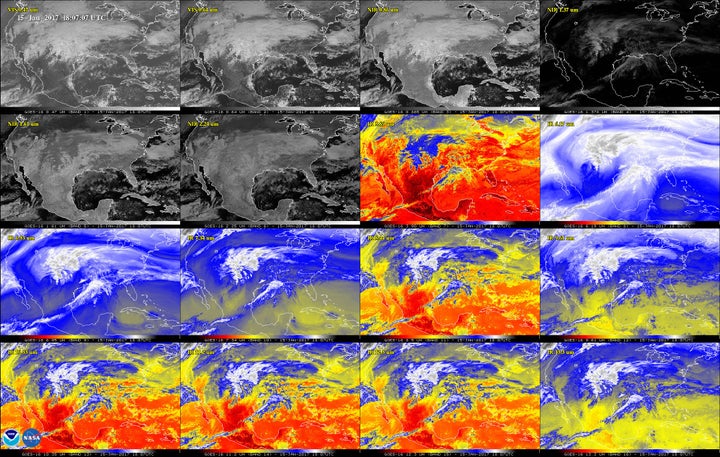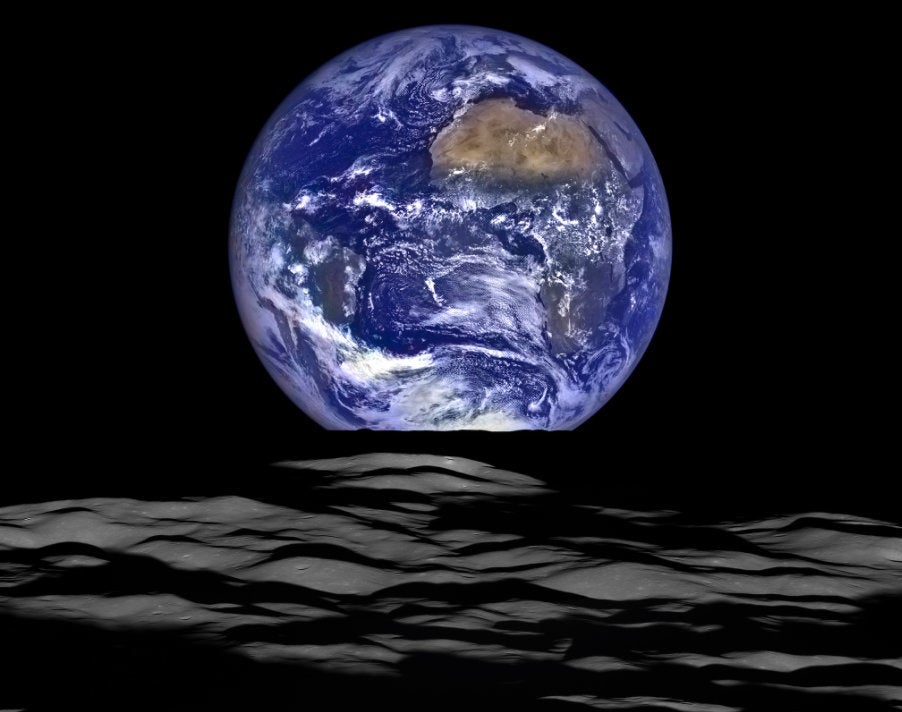NASA and the National Oceanic and Atmospheric Administration on Monday released the first photos taken by a new weather satellite, launched last November, that promises to result in more accurate and timely forecasts.
The GOES-16 satellite (previously called GOES-R) is the first of four weather satellites that will provide images of the entire Earth from a geostationary orbit roughly 22,300 miles above the equator. The second satellite is expected to launch sometime in the spring of 2018.
GOES stands for “Geostationary Operational Environmental Satellite,” the first of which launched in 1966.
Compared to the previous generation of weather satellites, the imaging instrument aboard GOES-16, known as the Advanced Baseline Imager, is five times faster and has four times the resolution. It can also capture images in 16 different wavelengths, a big step up from the five available on the previous system.
Being able to see the Earth at those specific wavelengths is important, NASA explained, as it enables scientists to differentiate various atmospheric components like clouds, water vapor, smoke, ice and volcanic ash.
The satellite also features a first-of-its-kind lightning mapper that will track both cloud-to-cloud and cloud-to-ground lightning strikes, which can be an indicator of intensifying storms, NASA said.
“This is a quantum leap,” Sandra Cauffman, deputy director of Earth Sciences at NASA, said at a press conference when GOES-16 launched last November. “It will truly revolutionize weather forecasting.”

“These images come from the most sophisticated technology ever flown in space to predict severe weather on Earth,” Stephen Volz, the director of NOAA’s Satellite and Information Service, said in a release Monday. “The fantastically rich images provide us with our first glimpse of the impact GOES-16 will have on developing life-saving forecasts.”
Check out more images below:
